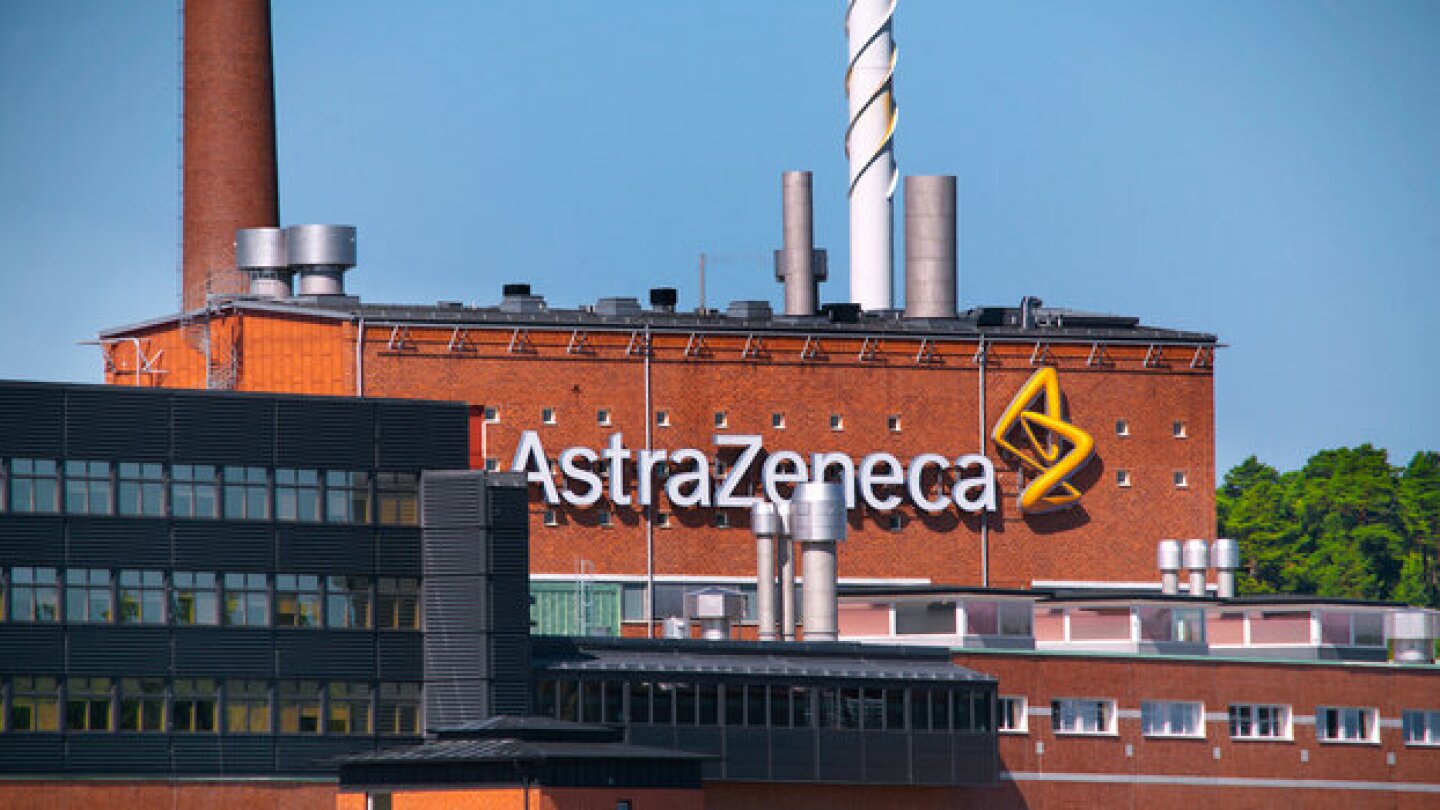News
What a CEO makes can be staggering from the seat of a rank-and-file employee, whose pay is typically in the five-to-six digit range.
FEATURED STORIES
Major pharmaceutical companies are committing billions to US manufacturing in an effort to avoid steep tariffs threatened by President Donald Trump.
In a recent interview, FDA Commissioner Marty Makary said there “should be nothing political about the FDA.” Recent actions taken by HHS Secretary Robert F. Kennedy, Jr. and others within the department appear to be at odds with this sentiment.
As tariffs, HHS workforce cuts and the ouster of CBER Director Peter Marks threaten the “lifeblood” of the cell and gene therapy space, experts express wariness over the unknowns and optimism that Marks’ legacy will carry on.
Job Trends
2024 was a tough year for the biopharma industry, with several companies cutting hundreds or even thousands of employees. Follow along as BioSpace tracks job cuts and restructuring initiatives throughout 2025.
FROM OUR EDITORS
Read our takes on the biggest stories happening in the industry.
Like they say about the weather in Iceland, if you don’t like an action taken by the new administration, wait five minutes; it’ll probably change. The markets, it seems, don’t react kindly to that kind of policymaking.
THE LATEST
Vas Narasimhan said on Tuesday that if the U.S. adopts international drug pricing, all companies would have to “relook at their medium- to long-term outlook.”
Following the recent discontinuations of assets in Alzheimer’s and migraine, AstraZeneca is stepping away from neuro altogether.
While Vaxart can proceed with its study, fellow COVID-19 vaccine developers GeoVax and Novavax continue to be hamstrung by various regulatory roadblocks.
Biohaven will use the money to bankroll commercial preparations for the spinocerebellar ataxia drug candidate troriluzole, which is currently under FDA review with a decision expected in the third quarter.
The company’s $3 billion in earnings for the first quarter missed on both top and bottom line, according to BMO Capital Markets. Adding insult to injury, the FDA declined to approve a prefilled syringe of its ophthalmology cornerstone.
Pfizer’s R&D organization has been in flux for almost two years now, since the $43 billion acquisition of ADC specialist Seagen. The new cuts were revealed in the company’s Q1 earnings report.
Pfizer’s sasanlimab, when used with standard of care, reduced the likelihood of disease recurrence or progression, death due to any cause or persistence of cancer cells by 32% in patients with high-risk non-muscle invasive bladder cancer.
The targeted drug release device TAR-200 shows promising response and disease-free survival rates in specific populations of patients with non-muscle-invasive bladder cancer.
The FDA is currently reviewing Merck’s sBLA for Keytruda in head and neck cancer, with a target action date of June 23.
The transaction is expected to close in the second half of 2025. With the deal, Merck KGaA is adding to its rare disease and oncology pipelines.






















